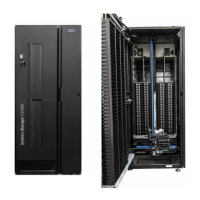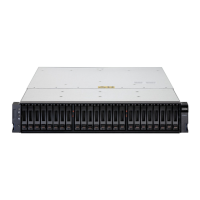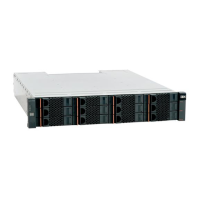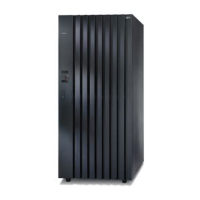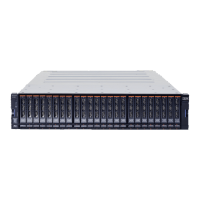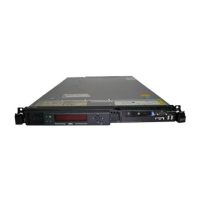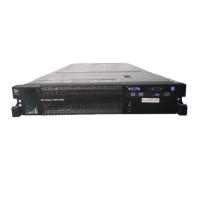Starting in Data ONTAP 8.0.2, the following network interface card also
supports TSO:
v Dual 10G Ethernet Controller CNA-SFP+
For more information about TSO and the statistics displayed by the NICs, see
the Data ONTAP 8.0 7-Mode Network Management Guide.
64-bit SNMP object identifiers (OIDs) are supported
In Data ONTAP 7.2 and 7.3 release families, some OIDs in the netapp.mib file
have low and high 32-bit values. In Data ONTAP 8.0 7-Mode and later, these
OIDs are replaced with 64-bit values. You should use SNMPv2 or SNMPv3 to
query your storage system by using the 64-bit OIDs.
For example, the miscHighNfsOps and miscLowNfsOps OIDs have been replaced
with the 64-bit OID misc64NfsOps.Inthenetapp.mib file, miscHighNfsOps and
miscLowNfsOps are marked as deprecated.
Configuration for receiving untagged traffic on VLAN tagged interfaces
In Data ONTAP 8.0 7-Mode and later, you can configure an IP address for a
network interface with VLANs. Any untagged traffic goes to the base
interface, and the tagged traffic goes to the respective VLAN.
For more information about this feature, see the Data ONTAP 8.0 7-Mode
Network Management Guide.
For information about reverting with a configuration for receiving tagged and
untagged frames on the same network interface, see the Data ONTAP 8.0
7-Mode Upgrade and Revert/Downgrade Guide.
Vifs are now known as interface groups
Starting with Data ONTAP 8.0 7-Mode and later, vifs are known as interface
groups. An interface group refers to a single virtual interface that is created by
grouping together multiple physical interfaces. In the Data ONTAP 7.2 and 7.3
release families, this functionality is referred to as a vif.
You can use the ifgrp command to create and configure interface groups. For
more information about interface groups and the ifgrp command, see the
Data ONTAP 8.0 7-Mode Network Management Guide.
36 IBM System Storage N series: Data ONTAP 8.0.4 7-Mode Release Notes

